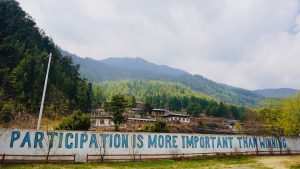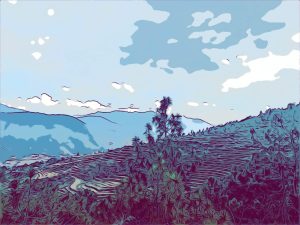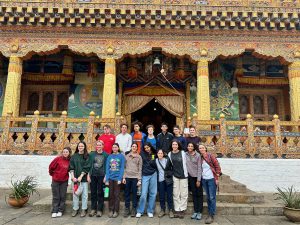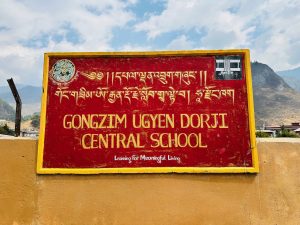Into The Tiger’s Nest
- Posted on
- By Ryan Howard
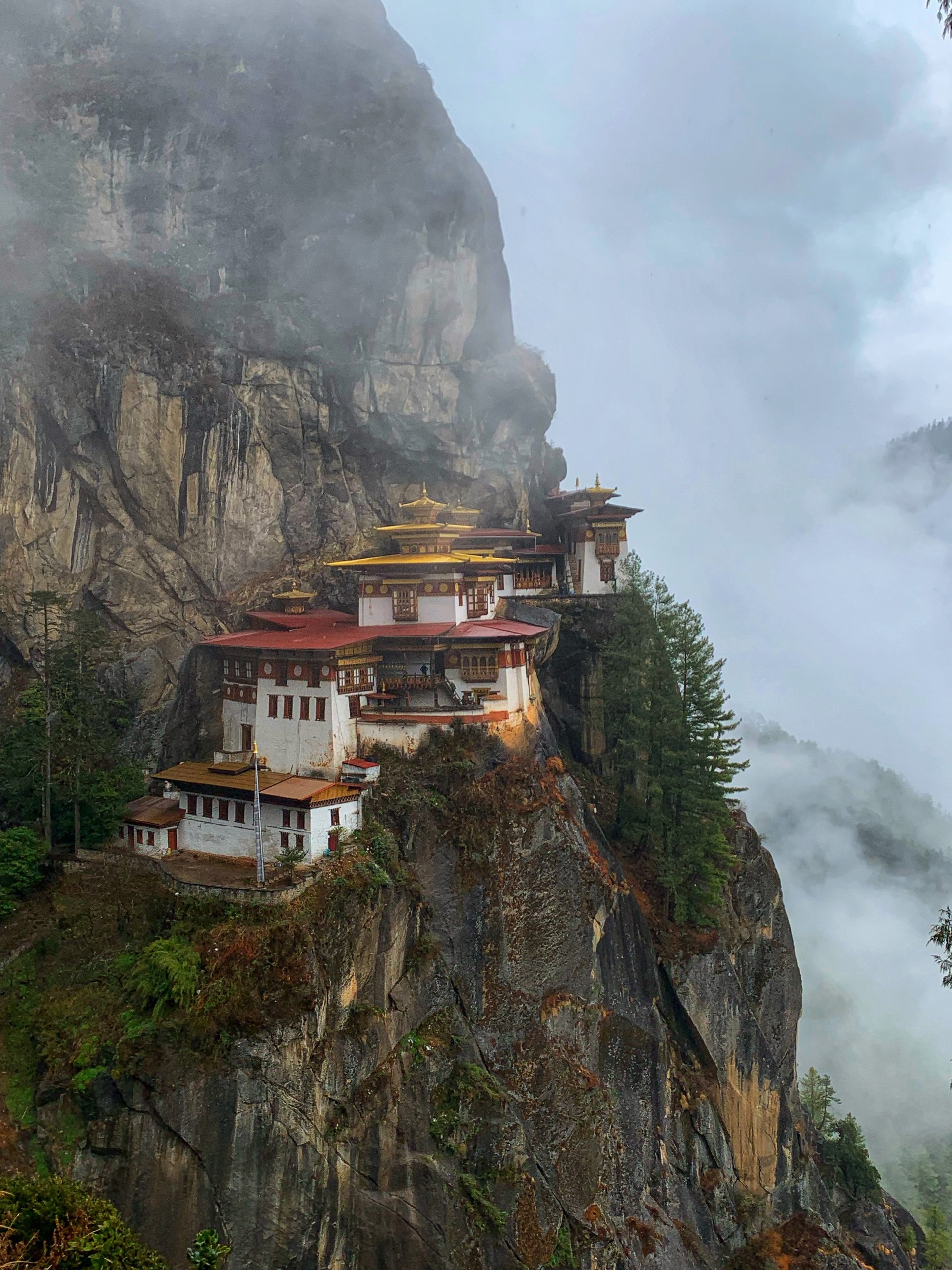
As a group, we spent our final full day in Bhutan visiting one of the great wonders of our world: Taktsang Palphug Monastery also known as Tiger’s Nest. The cliff-side monastery sits at about 3,120 meters in elevation and is about 900 meters from the valley floor in Paro. We set out early in the morning after a quick breakfast at the hotel. We were one of the first groups to arrive at the base of the climb up into the mountains. From the parking area, you get a glimpse of where you are headed, hanging to the side of the rock cliff you see the white and red buildings of the monastery. It would almost seem to be floating in the sky and you immediately realize that your hike to the monastery is going to be less of a fun walk and more of a personal journey.
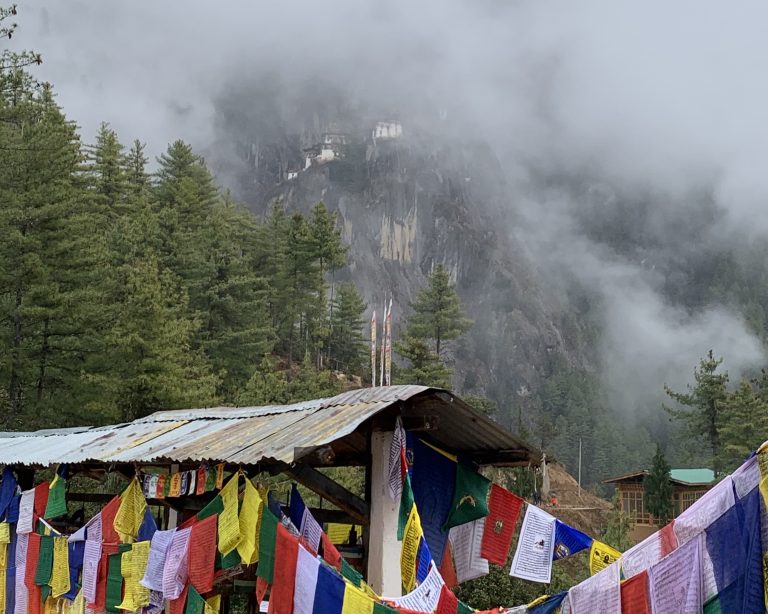
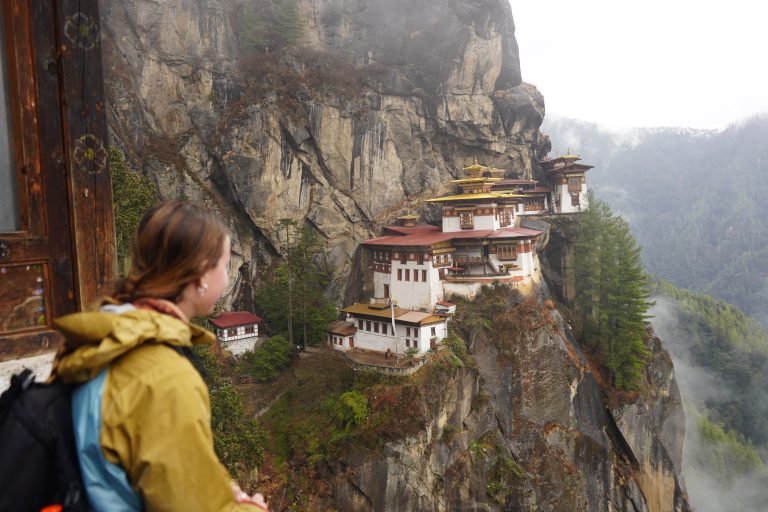
The trail starts off by wandering through Chir and Blue Pines and you feel a faint sense of home even though you know that you are thousands of kilometers away. With all the coniferous trees lining the trail, you could almost imagine you were hiking somewhere in Ontario through the Boreal Forest. It is the Rotedendrons that are beginning to bloom that quickly snap us back into the far-away place we are all traveling in. Our upwards ascent is tiresome, we are not conditioned to be hiking straight uphill and at altitude, so we have to take many rest breaks to let our bodies catch up. After about an hour and a half of upwards hiking on switchback trails, we get a rare glimpse of the Monastery and stop for tea and biscuits. The students are happy for the break, and take time to admire the view. Before too long we are hiking uphill again on endless switchbacks until we meet the base of the rock wall, the trail very quickly transitions from dusty switchbacks to a rock traverse between two steep walls of granite. The trail clings to the side of the mountain and we find a reprieve in the traverse versus the uphill march that took the last several hours. As the full view of the Monastery comes into sight we can see the spectacular Paro Valley below and we know we are now getting close.
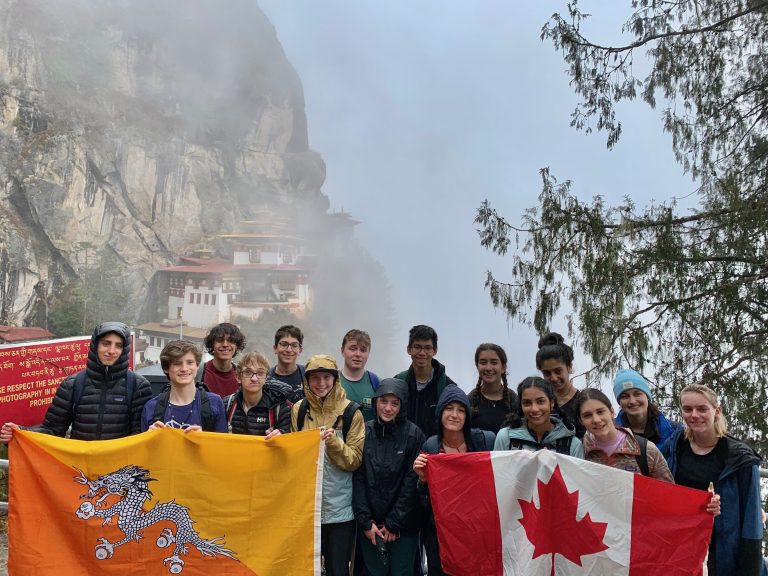
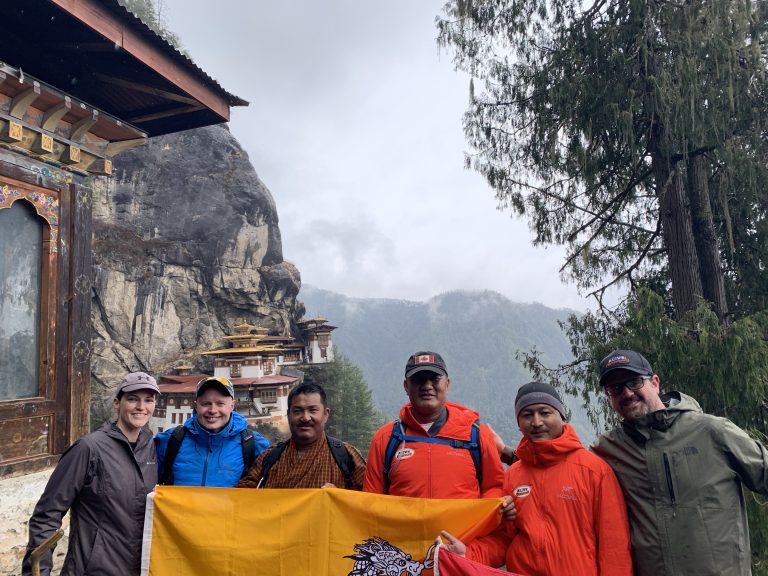
We gather to take several group photos and the dominant question on everyone’s mind is why would anyone build this place, the effort and skill to build and maintain such a place is no small task. Our time taking photos is interrupted by passing clouds which at this elevation engulf us and the views in complete obscurity. For the final 30 minutes of our climb, we cross a high mountain waterfall and ascend the final stone stairs into the Monastery. Tiger’s Nest is a sacred place and we can only make memories once inside (no photos), we learn about the sacred caves where the early lamas meditated on their path to bring Buddhism into Bhutan and the important functions that the Monastery brings to Bhutan and the people of the Paro Valley. After our visit to the inner temples and prayer halls, and upon receiving a blessing from one of the monks we start our return journey back to the valley floor.
Throughout our time in Bhutan, visiting Tiger’s Nest was always a goal of the trip, upon reflecting on the entire journey and the hike to Tiger’s Nest, it is clear to me that what we gained was not accomplishing a goal, or seeing a place, rather it was about walking in the footsteps of others throughout history and in the present to better understand the meaning of sacred, or special. Tiger’s Nest is a very special place, however getting there, and interacting with the locals, pilgrims, and other travelers all being pulled to this place provides a deeper understanding of the importance of personal journeys and why they have significance on who we are and how we see the world.


